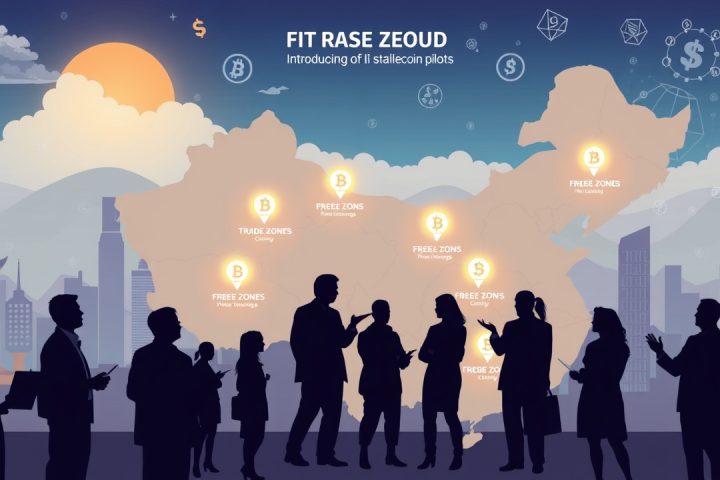South Korea’s Web3 Sector at a Pivotal Juncture
In the first quarter of 2025, South Korea’s Web3 sector is poised at a pivotal juncture. Once characterized primarily as a market for speculative trading, it is now shifting towards a more sustainable industrial framework. Despite a notable influx of retail activity and abundant liquidity, significant hurdles remain in the way of institutional advancement within the Web3 landscape.
Challenges Facing the Industry
Regulatory measures have chiefly focused on safeguarding investors rather than fostering ecosystem development, consequently stymieing broader industry growth overall. Two primary challenges persist: corporations are barred from linking their accounts with cryptocurrency exchanges; and the process of obtaining a Virtual Asset Service Provider (VASP) license remains prohibitively complex. Without the ability to connect corporate accounts to local exchanges, firms struggle to convert crypto revenues into Korean won via local financial channels.
Some companies have sought refuge in overseas operations, but this workaround comes with its own set of regulatory complications and lacks a viable long-term strategy. Furthermore, while smaller firms might technically operate without formal registration, large-scale initiatives constantly grapple with legal ambiguities. This situation has led some companies to view South Korea merely as a gateway for customer acquisition rather than a nurturing ecosystem for sustained growth.
Signs of Progress
Yet, there are signs of progress. Regulations have begun to shift, notably with plans allowing corporate entities to engage in cryptocurrency trading, outlined in the Financial Services Commission (FSC)’s “Roadmap for Enterprise Participation in the Cryptocurrency Market” introduced on February 13, 2025. The roadmap aims to dismantle seven-year-old trading restrictions for companies, with initial phases permitting law enforcement and select organizations to access cryptocurrency accounts.
As the policy progresses, companies listed on the stock exchange will be able to use cryptocurrencies for investment purposes starting in the latter half of 2025. However, stringent eligibility requirements may exclude many Web3 firms from benefiting quickly from these changes.
Corporate Engagement and Market Reinforcement
These new policies might herald a reinvigorated market, aligning corporate trading activities with risk management strategies unfound in retail trading. An influx of corporate investors is expected to ameliorate local market inefficiencies, including the notorious “Kimchi Premium.” Corporate engagement is likely to stimulate the development of tailored financial services, such as cryptocurrency funds and treasury management tools designed for corporate needs.
Global Collaboration and Innovation
On a broader scale, international Web3 projects have recognized South Korea’s strategic value, prompting an influx of teams aiming to collaborate with local talent. Initiatives by organizations such as Avalanche and the TON Foundation illustrate a serious commitment to supporting South Korean developers and creating sustainable ecosystems in the region. Noteworthy collaborations have emerged from hackathons organized by entities like Ripple and Solana, showcasing significant attendance and indicating a strong builder community.
These hackathons act as crucial conduits for new ideas, inviting innovation and helping to alter the global perception of South Korea’s Web3 market.
The Road Ahead for South Korea’s Web3 Industry
As South Korea edges boldly into the future, new regulatory frameworks and increased global collaboration hold promise for a more robust Web3 ecosystem, marking a decisive shift from an investment-heavy model to one that supports genuine industrial growth. Moreover, concurrent steps, such as advancements in Central Bank Digital Currency (CBDC) initiatives and potential issuance of stablecoins by commercial banks, further signal a readiness for transformation in the national financial landscape.
Collectively, these developments underline a significant evolution towards a well-rounded and sustainable South Korean Web3 industry.




